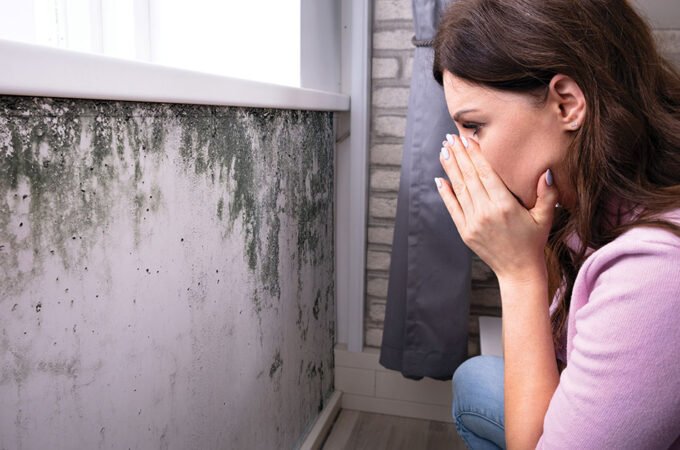
Sewer Line Clogs: Causes and Repair and Prevention Tips
Almost all of us can relate that we rarely become conscious of our home’s sewer lines. Though we are aware of their job that’s carrying wastewater into the underground sewer mains, we don’t normally pay attention to their conditions until we experience a problem with our drains.
Of course, we don’t have to think about what is going on in our sewers every day, but it is our responsibility to maintain them and ensure that they won’t suffer costly damages. How so? By treating our drains right and not pouring down anything in it that can cause harm.
That said, let’s discuss the common sewer line problems and how to fix and prevent them.
Clogs and Sewer Backups
Clogged drains are the most common sign of a sewer line problem. It won’t be the kind of clog in which the water in the sink just won’t go down the drain fast, but rather water backing up out of a drain or the toilet, emitting a gurgling noise.
You’d hear this gurgling noise in your toilet every time you finish using any plumbing fixture or appliance, such as a washing machine, for example. When you notice that the toilet always seems to percolate after you’ve washed your laundry, or that water mysteriously collects around the floor drain in your basement, that’s the first warning sign of a sewer line damage.
The clog can occur in the main sewer line or in one of the secondary lines. If you have a clogged drain on one sink, but the rest of the drains in your home still works well, then the problem is only in the secondary line. On the other hand, if the toilet or tub spews water back up or the basement produces puddles every time you run water from another faucet, then it’s the main sewer line that needs mending.
To reduce the effects of the problem, shut off the main water line, and remove the cleanout cap from your sewer cleanout line, if you have access to it. This will release pressure buildup. Afterwards, call a sewer line repair expert from Orem or any other location so that they can inspect the main sewers, identify the damage, and perform the necessary fixes.
Sewer Line Problem Prevention Tips
Sewer line clogs start with the things we pour down our drains. In some cases, though, it’s due to tree root damage, which is a common problem in the sewer lines of older homes. That’s because, over time, roots overgrow until they reach the pipes and crush them.
So if your home is still fairly new and tree root damage won’t be a problem anytime soon, educate yourself on the objects that you shouldn’t put down your drains. Here are some of them:
- Feminine hygiene products – Sanitary napkins and tampons aren’t like tissue papers that water can break down. They actually expand when wet, making them an obstruction in drains.
- Grease – Even if you mix it with hot water, it’ll still cool down inside the drains, causing the grease to solidify.
- Food remnants – Crushed eggshells, coffee grounds, and flour may build up in your drains and become obstructions.
- Produce stickers – The water cannot break down this material as well, causing them to become obstructions.
- “Flushable” products – They don’t truly break down in the water properly, and they’re hazardous to the environment.
Considering that sewer line problems can be tough to deal with, let’s start being more mindful of the things we put into our drains from now on. If you have kids who tend to throw their tiny toys around, be sure that they won’t flush anything down the toilet.






